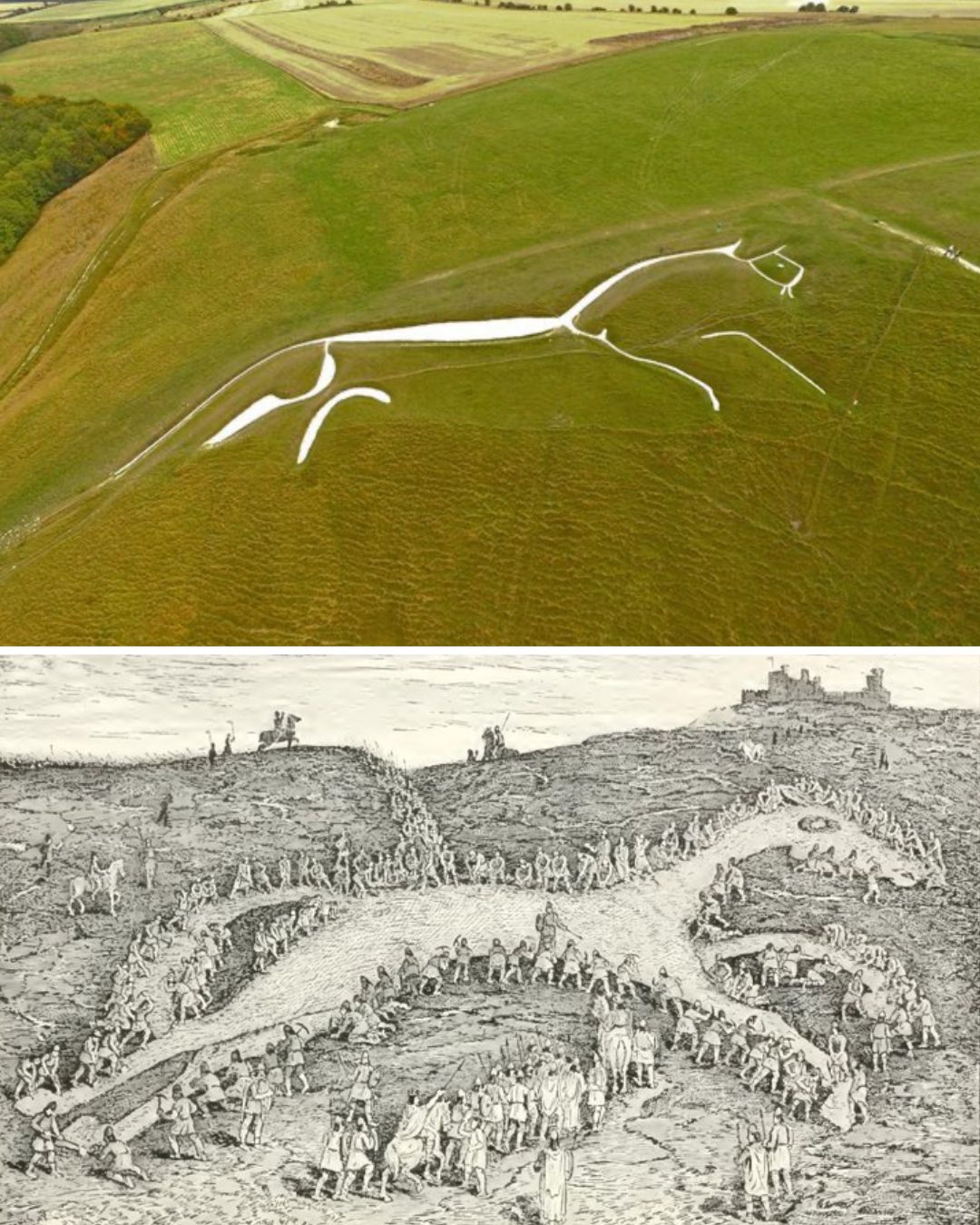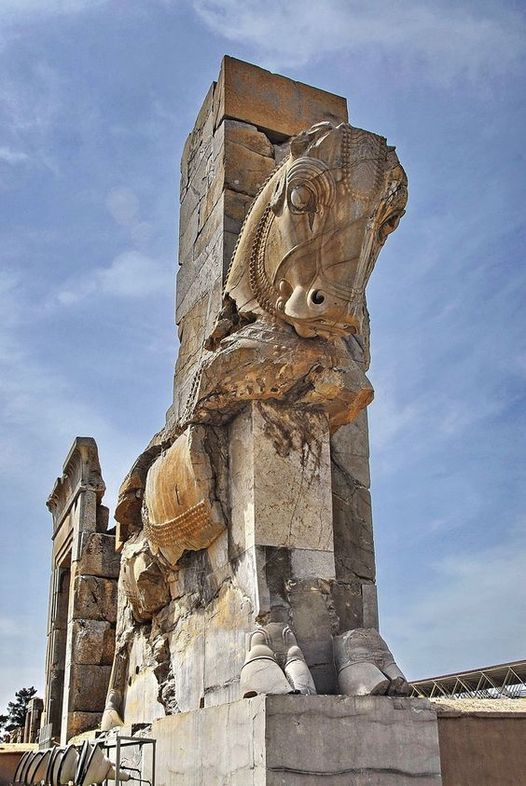This incredibly ancient road stretches for 50 km (31 miles) from Knossos in Crete, Greece, through the mountains to Gortyn and Lebena.
The road had side drains, a 200 mm (8-inch) thick pavement of sandstone blocks bound with clay-gypsum mortar, covered by a layer of basaltic flagstones and had separate shoulders.
Exploring the Fascinating History of the Minoan Road
Nestled on the island of Crete, Greece, lies a remarkable testament to ancient engineering and civilization: the Minoan Road. Dating back an astonishing 3500 years, this ancient thoroughfare is believed to be the oldest road in Europe, stretching for 50 kilometers from Knossos through the rugged mountains to Gortyn and Lebena. In this blog post, we embark on a journey to uncover the secrets of this ancient marvel, exploring its construction, significance, and enduring legacy.
Unraveling the Engineering Marvel: The Construction of the Minoan Road
The Minoan Road stands as a testament to the ingenuity and craftsmanship of the ancient Minoan civilization. Constructed around 1500 BCE, during the height of Minoan civilization, this ancient roadway boasted impressive engineering features that were ahead of its time. The road was meticulously built with side drains to manage water runoff, a sturdy pavement made of sandstone blocks bound with clay-gypsum mortar, and a layer of basaltic flagstones for added durability. Additionally, separate shoulders were incorporated into the design to accommodate travelers and facilitate smoother passage.
Exploring the Cultural Significance: The Importance of the Minoan Road
Beyond its practical function as a means of transportation, the Minoan Road held significant cultural and economic importance for the ancient Minoans. As a vital link connecting major centers of trade and commerce, such as Knossos and Gortyn, the road facilitated the movement of goods, people, and ideas across the island of Crete. Its strategic location in the rugged terrain of the Cretan mountains made it a crucial lifeline for communication and trade, enabling the flourishing of Minoan society and economy.
Preserving a Legacy: The Enduring Impact of Ancient Discoveries
The discovery and preservation of the Minoan Road serve as a poignant reminder of the rich tapestry of human history and ingenuity. As archaeologists continue to uncover the secrets of this ancient thoroughfare, they shed light on the remarkable achievements of past civilizations and the interconnectedness of ancient societies. By preserving and studying ancient discoveries like the Minoan Road, we gain valuable insights into the cultural, technological, and social advancements of our ancestors, enriching our understanding of the human experience and heritage.
Celebrating the Legacy of the Minoan Road: A Reflection on Ancient Discoveries
In conclusion, the Minoan Road stands as a remarkable testament to the engineering prowess and cultural legacy of the ancient Minoan civilization. As we marvel at the enduring beauty and significance of this ancient thoroughfare, we are reminded of the ingenuity, creativity, and resilience of past generations. By celebrating and preserving the legacy of the Minoan Road and other ancient discoveries, we honor the achievements of our ancestors and enrich our collective understanding of human history and civilization for generations to come.






